Science Visualized
-
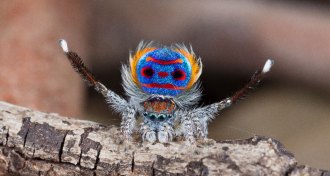 Animals
AnimalsPeacock spiders’ superblack spots reflect just 0.5 percent of light
By manipulating light with tiny structures, patches on peacock spiders appear superblack, helping accentuate the arachnids’ bright colors.
-
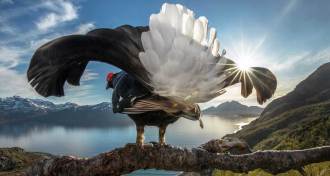 Animals
AnimalsThese award-winning photographs capture rarely seen wildlife and landscapes
Winners of the California Academy of Sciences’ annual photo contest dove deep underwater and hiked to great heights to create these striking images.
By Maanvi Singh -
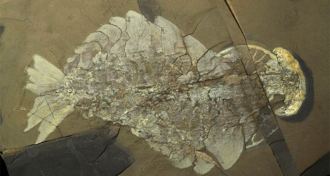 Life
LifeSee beautiful fossils from top Cambrian sites around the world
Troves of Cambrian fossils are known at more than 50 places around the world. Here are five standout spots.
-
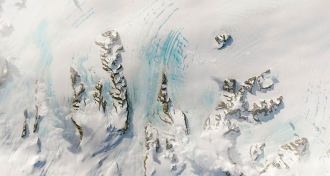 Earth
EarthWarm, dry winds may be straining Antarctica’s Larsen C ice shelf
Wind-induced melting that occurred during the Antarctic autumn may be accelerating the Larsen C ice shelf’s collapse, which could raise sea levels.
By Jeremy Rehm -
 Health & Medicine
Health & MedicineU.S. fentanyl deaths are rising fastest among African-Americans
New statistics on fentanyl-related overdoses show troubling increases in deaths among African-Americans, Hispanics and men.
-
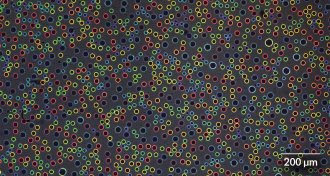 Physics
PhysicsHow droplets of oil or water can glow vibrant colors
Viewed from various angles, tiny droplets of water or oil glow different colors under white light.
-
 Chemistry
ChemistryHere’s how long the periodic table’s unstable elements last
Most elements on the periodic table have at least one stable form. But some don’t. Here’s how long those unstable members endure.
By Carmen Drahl -
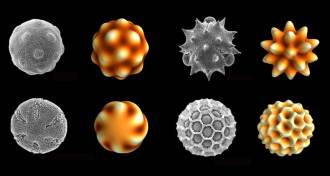 Life
LifePhysics explains how pollen gets its stunning diversity of shapes
These pollen patterns can all be explained by one simple trick of physics: phase separation.
-
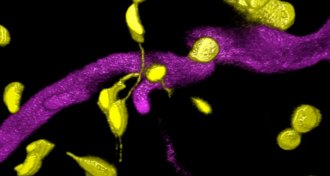 Plants
PlantsHow light-farming chloroplasts morph into defensive warriors
Researchers now know which protein triggers light-harvesting plant chloroplasts to turn into cell defenders when a pathogen attacks.
By Jeremy Rehm -
 Animals
AnimalsThis honeybee parasite may be more of a fat stealer than a bloodsucker
Inventing decoy bee larvae prompts a back-to-basics rethink of a mite ominously named Varroa destructor.
By Susan Milius -
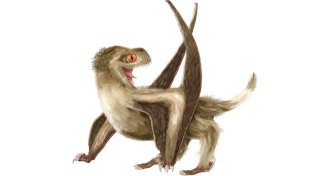 Paleontology
PaleontologyPterosaurs may have been covered in fur and primitive feathers
A new study provides evidence of plumelike structures in ancient flying reptiles.
-
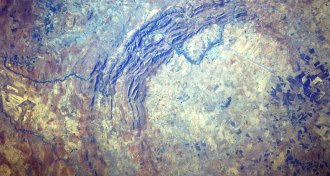 Earth
EarthErosion has erased most of Earth’s impact craters. Here are the survivors
Earth’s largest known impact crater measures 160 kilometers in diameter. The newest, yet to be confirmed, stretches a still-whopping 31 kilometers.